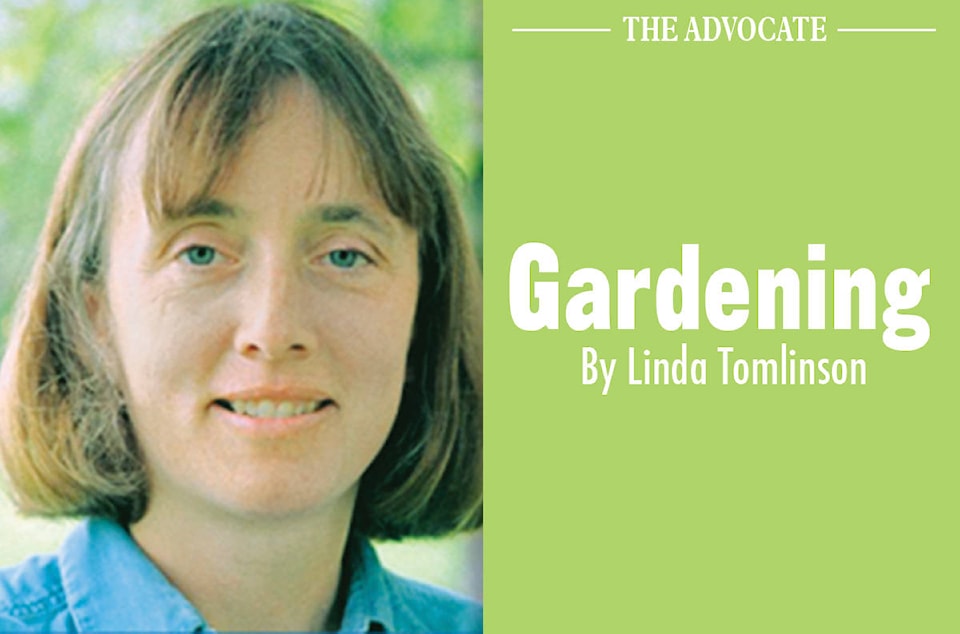Stores that sell fertilizers typically have a long row dedicated to the different products available. Fertilizers are sold as: granules, water-soluble, liquid and spikes. Understanding each form and how they are applied helps make the choice easier. Any package that claims to contain fertilizer, including soil packages, must list the percentage of nitrogen, phosphorus and potassium (N-P-K)
Each number represents the percentage of the nutrients contained in the fertilizer. A common formula, 20-20-20 contains 60 per cent nutrients and 40 per cent filler. The formula 10-10-10 contains 30 per cent nutrients and 70 percent filler. Less product will be used from the package with the higher numbers to cover the same area as the package with smaller numbers. For optimum results, follow the instructions on the package.
The first number represents the percentage of Nitrogen (N). It encourages the growth of foliage and stems as well as enhances the roots ability to take up nutrients.
Plants deficient in nitrogen have lighter colored leaves. If not corrected the leaves will turn light green with the older or bottom leaves dying.
Excess nitrogen will produce excess top growth; long thin stems and huge leaves with flowers, fruit and seeds being delayed.
The second number Phosphorus (P) is needed to make plants cells divide, grow and to promote flower and seed development ensuring the plant is ready to become dormant in the fall.
Plants that are short in phosphorus usually have a weak root system and stunted growth. A purple leaf discoloration is also a common symptom.
The last number Potassium (K) also benefits fruit production and ensures the plant is dormant in the fall.
Leaves on a plant that is short of potassium usually have yellow edges that will eventually turn brown. Look for weak stems and poor root development.
Any trace elements that include in the fertilizer will also be listed. They could include: calcium, magnesium, sulfur, iron and manganese. Trace elements balance the formula out but are not needed in large quantities.
Water soluble fertilizer, goes into solution easily and can be applied with a watering can or a garden hose to the soil or foliage. This type of fertilizer is readily available to plants and will need repeat applications.
Plant spikes are solid masses of fertilizer and filler that are pounded into the ground near the roots of the plants. The soil must be moist for the fertilizer to dissolve and become available to the plant.
Granular fertilizer comes in quick or slow release. Quick release dissolves quickly often needing repeat applications. Slow release fertilizer dissolves over time. Read the package instructions to determine the number and timing of application. Using a mechanical spreader helps insure that granular fertilizer is spread uniformly.
Plants can only use so much fertilizer. Applying too much can burn the plant or leave it in the soil to leach into waterways.
Linda Tomlinson is a horticulturalist who has gardened in central Alberta for over 30 years. She can be reached at your_garden@hotmail.com.
